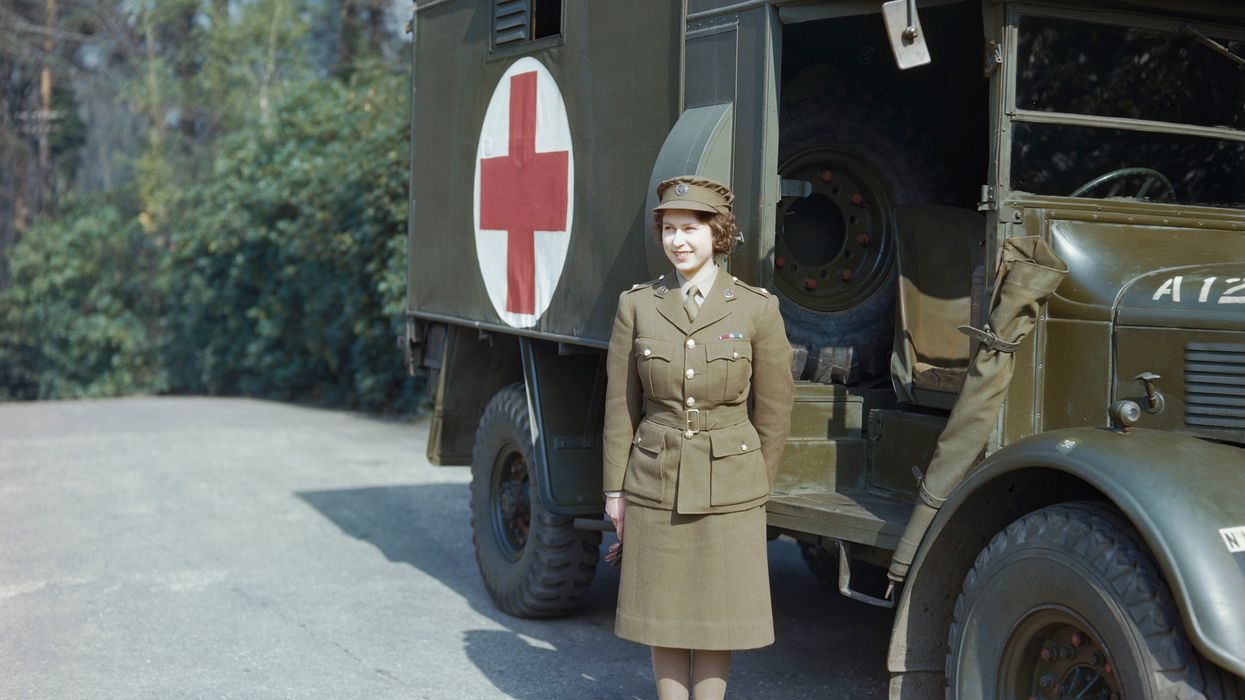In 1969, the world celebrated the successful Apollo 11 and Apollo 12 moon landings, heralding the "glory days" of space exploration. However, just a year later, the Apollo 13 mission became a harrowing near-disaster. Dubbed a “successful failure” by NASA, Apollo 13 didn't land on the moon, but its three astronauts miraculously returned to Earth. For a tense period, the crew faced a terrifying ordeal, nearly stranded in space without oxygen or water.
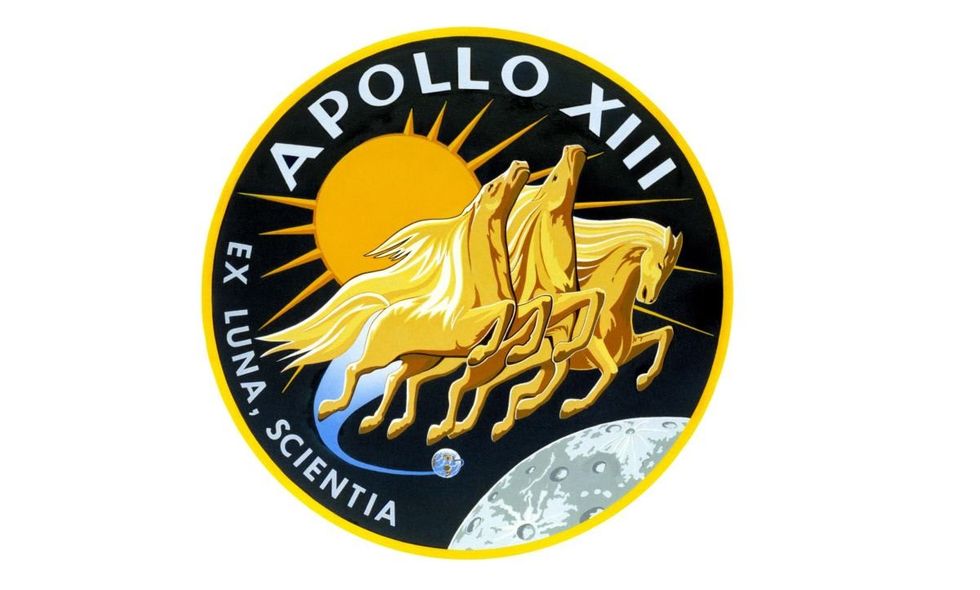
Apollo 13 was intended to land in the Fra Mauro region of the Moon, launching on April 11, 1970. The mission faced issues from the start: command module pilot Ken Mattingly was replaced by Jack Swigert due to measles, and an early shutdown of a Saturn V Stage-2 engine required the remaining engines to burn longer, straining electrical wiring. Despite these setbacks, mission control initially reported the “spacecraft is in good shape.” But soon, everything changed.
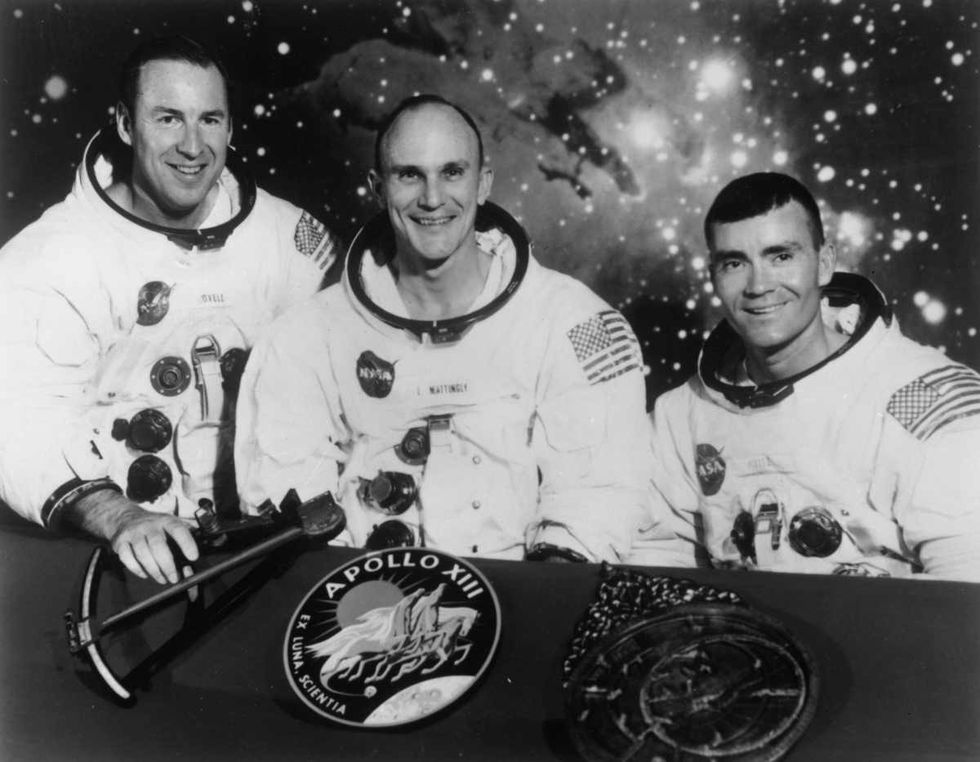
After five-and-a-half hours, astronauts Jim Lovell, Jack Swigert, and Fred Haise sensed something was wrong. Warning lights indicated the loss of two of the three fuel cells. The Apollo 13 spacecraft included three modules: the Service Module, the Command Module (Odyssey), and the Lunar Module (Aquarius).
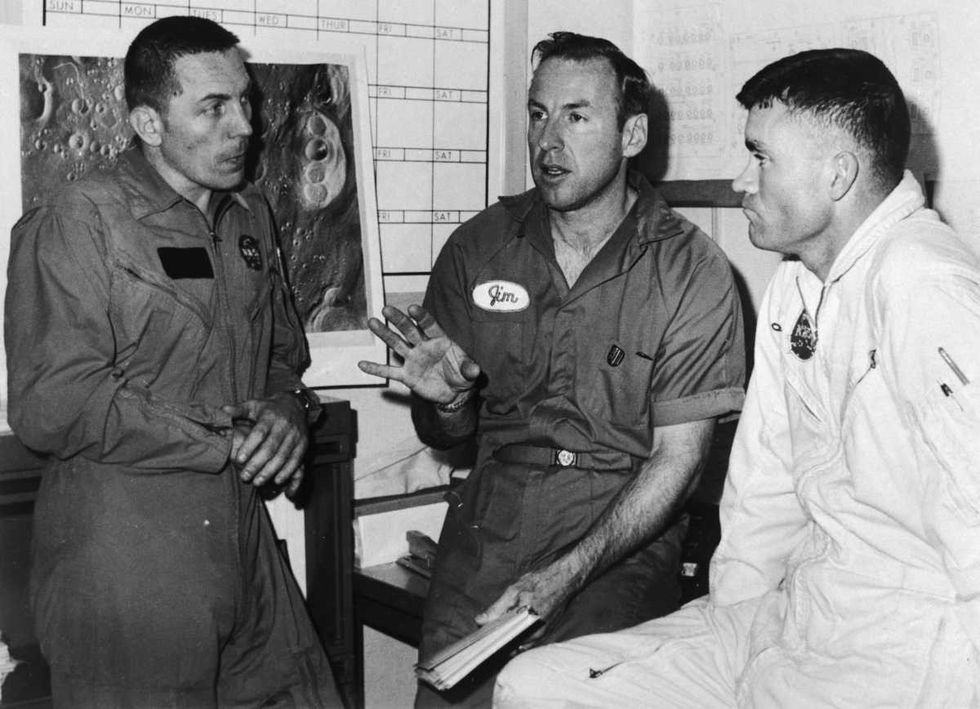
The warning lights were noticed by Swigert who was doing some routine tests in the craft. One of the cylindrical oxygen tanks had exploded because of one of the wires getting damaged by heat. "I looked down at Jack Swigert in the command module and his eyes were as wide as saucers. And I could see that, this was the start of a long, treacherous journey home," Lovell told HISTORY This Week podcast.
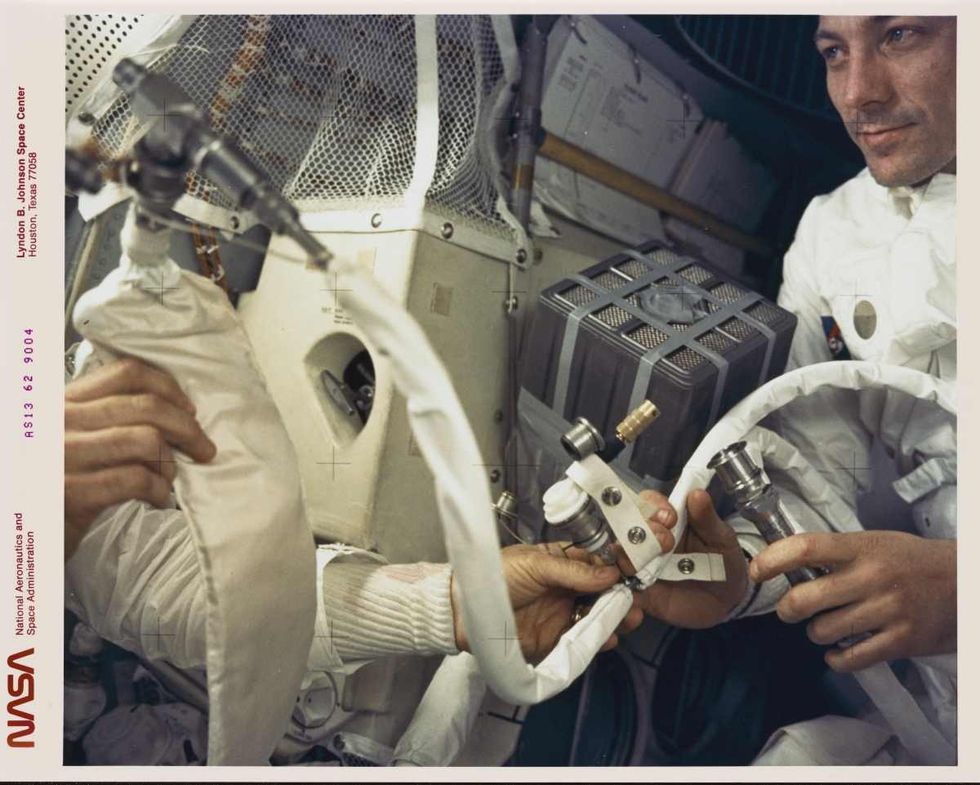
Flying 200,000 miles away from Earth, the three astronauts were stuck in space, left with only 15 minutes of power and limited supplies of water and oxygen to survive on. They sent a radio signal to the control center to tell them about it. “OK, Houston, we've had a problem here,” said Swigert.
Soon enough, things worsened. While one oxygen tank had exploded, they noticed that another tank was leaking oxygen into the space. Time was running out fast. The journey to the moon was aborted, but without oxygen, they didn’t think they would be able to make their way back home. NASA engineers worked tirelessly to do something that would allow them to return home safely. To buy time, the astronauts were ordered to shift to the lunar module, Aquarius. Inside Aquarius, there was a tank full of oxygen, although not enough but at least some to support their breathing. Added to it was the extreme shortage of water and electrical power. Plus, the temperature had to be lowered to keep the power supply from sinking, which led the cabin to become extremely cold.
Yet another hazard posed a danger to the crew. At this time, they were amidst high levels of carbon dioxide. Even though plenty of lithium hydroxide canisters, designed to remove carbon dioxide from the spacecraft, were available in the command module, they were not compatible with Aquarius. Aquarius had round openings while the canisters were square-shaped. So, the support staff on the ground brainstormed an unusual method to fit the square pegs in the round holes. "They worked out a system and then they relayed it up to us word by word. Hose. Duct tape and an old sock and my gosh, time was the one thing that kept us from dying," Lovell recollected while speaking to HISTORY.
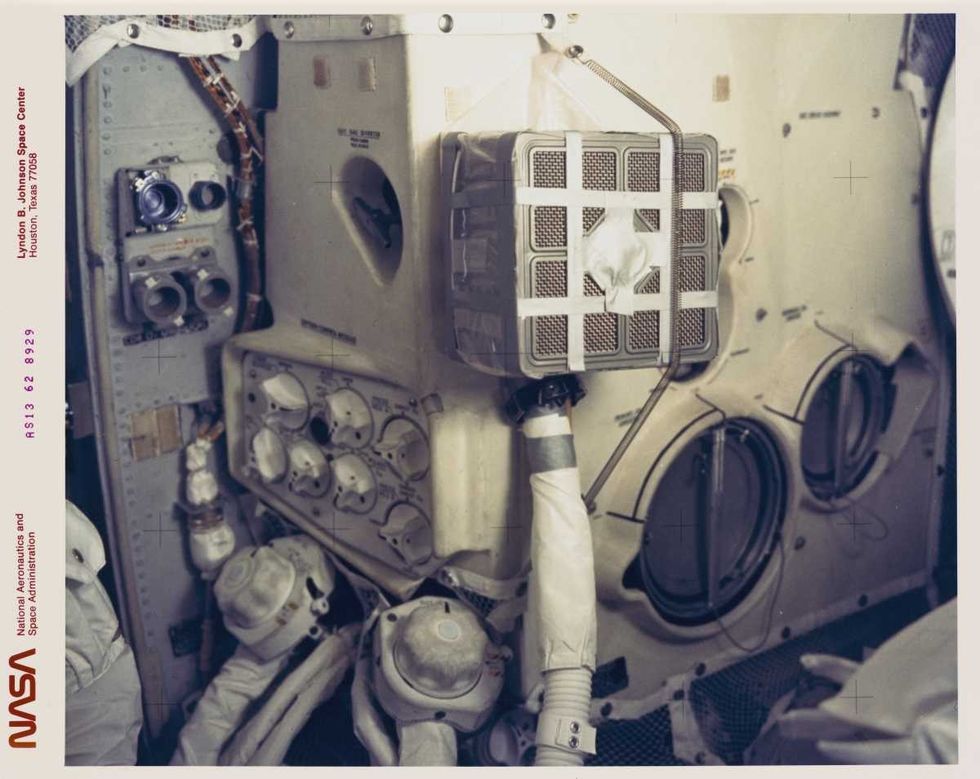
Sealed like packaged cheese in a freezer, they were left with only six ounces of water available for each man per day. Thankfully, they were now drifting back to Earth. But there was one more problem. Since the command module had been shut down during their journey, restarting it was a seemingly critical task. Besides, by this time, the module was so damp, that they had to sop up the raining water with towels.
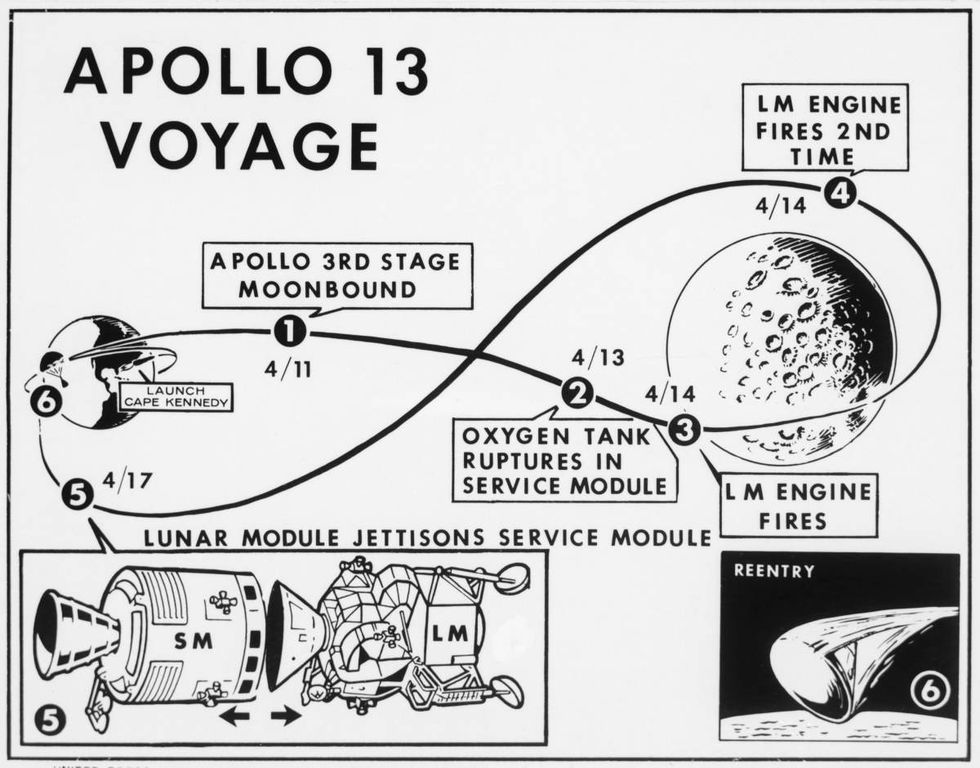
Down on Earth, the Mission Control was counting precious seconds with fingers crossed. “A sinking feeling, almost a dread, filled the room,” recalled the flight director Gene Kranz, per Smithsonian Magazine.
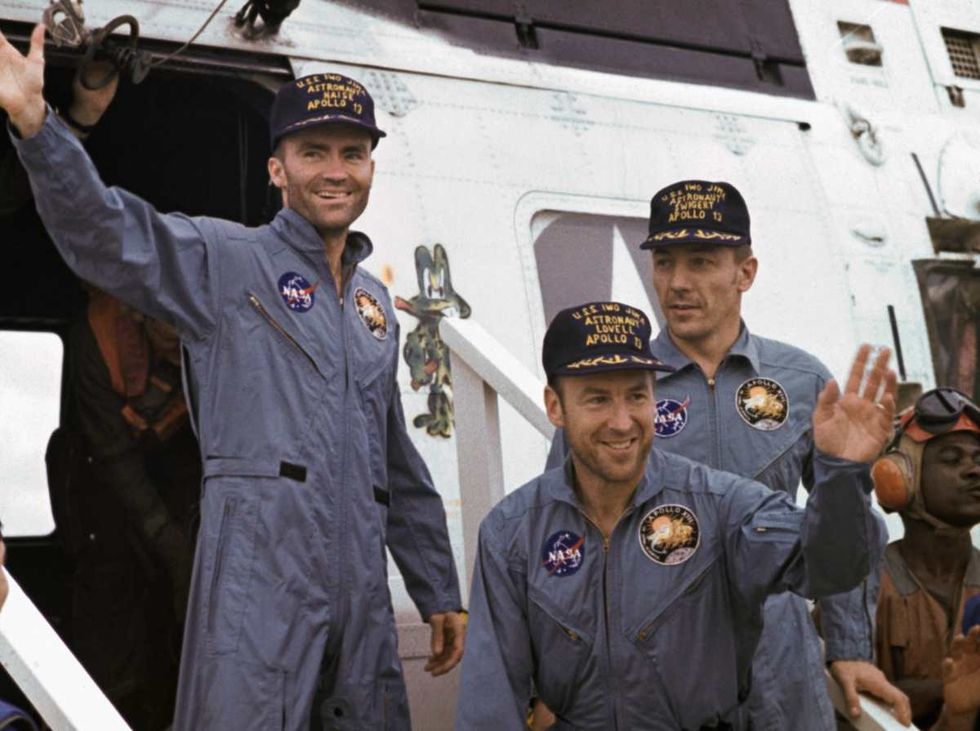
On April 17, the crew launched their parachutes and splashed down in the Pacific Ocean near Samoa. NASA and all the people glued to their TV screens exhaled in relief at last.
The catastrophic event was brought to wide attention when director Ron Howard dramatized it into the 1995 American docudrama film “Apollo 13,” starring Tom Hanks. The film was nominated for nine Academy Awards. Lovell too penned a book titled, "Lost Moon: The Perilous Voyage of Apollo 13", documenting his experiences during this disastrous space journey.





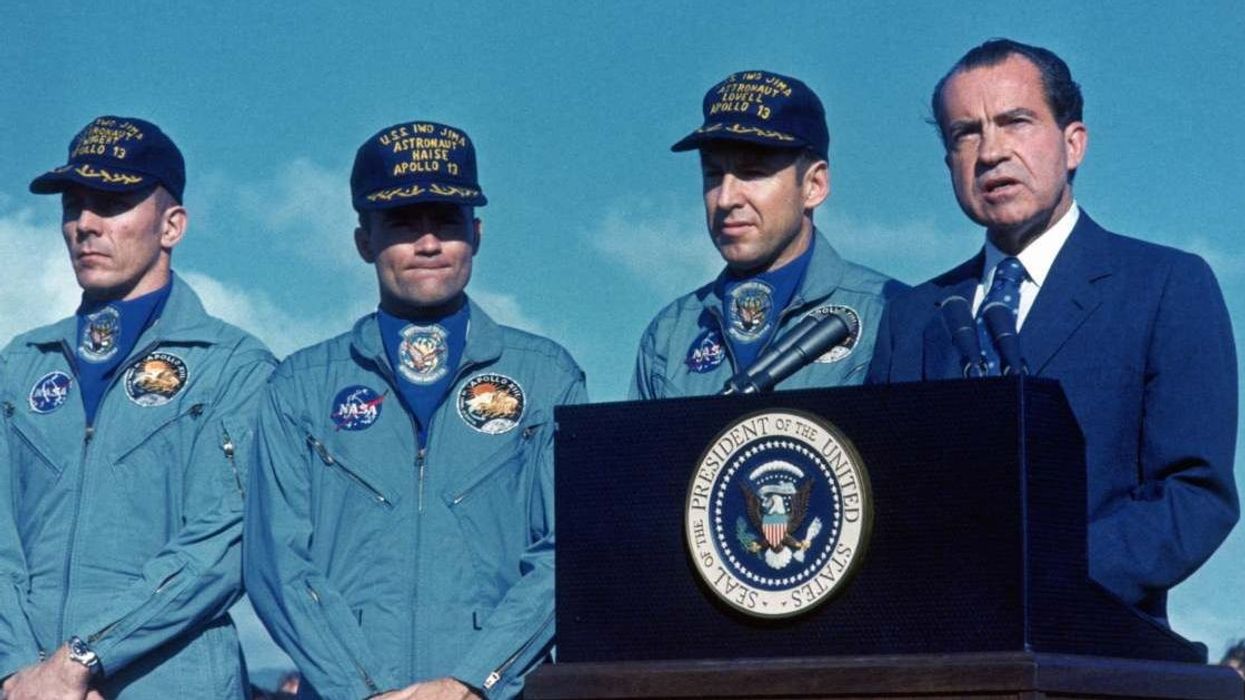









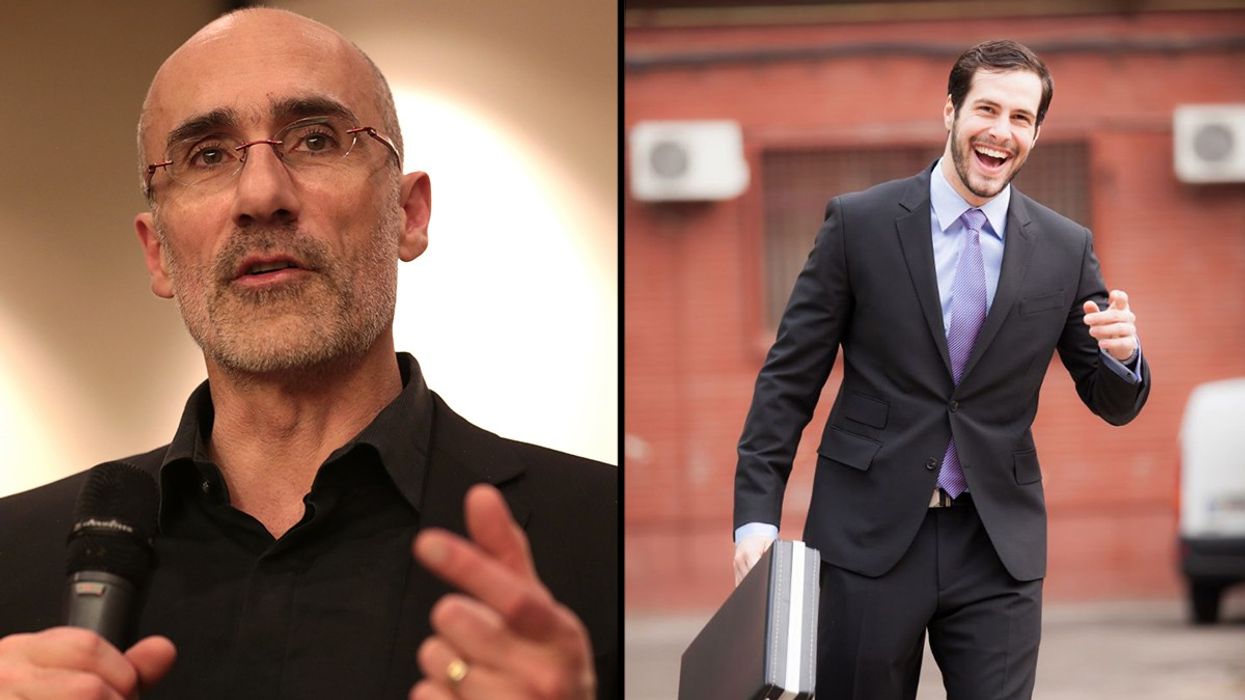

 Image frmo Scientific Reports of ancient artwork. Image Source:
Image frmo Scientific Reports of ancient artwork. Image Source:  Image frmo Scientific Reports of ancient artwork.Image Source:
Image frmo Scientific Reports of ancient artwork.Image Source:  Image frmo Scientific Reports of ancient artwork.Image Source:
Image frmo Scientific Reports of ancient artwork.Image Source: 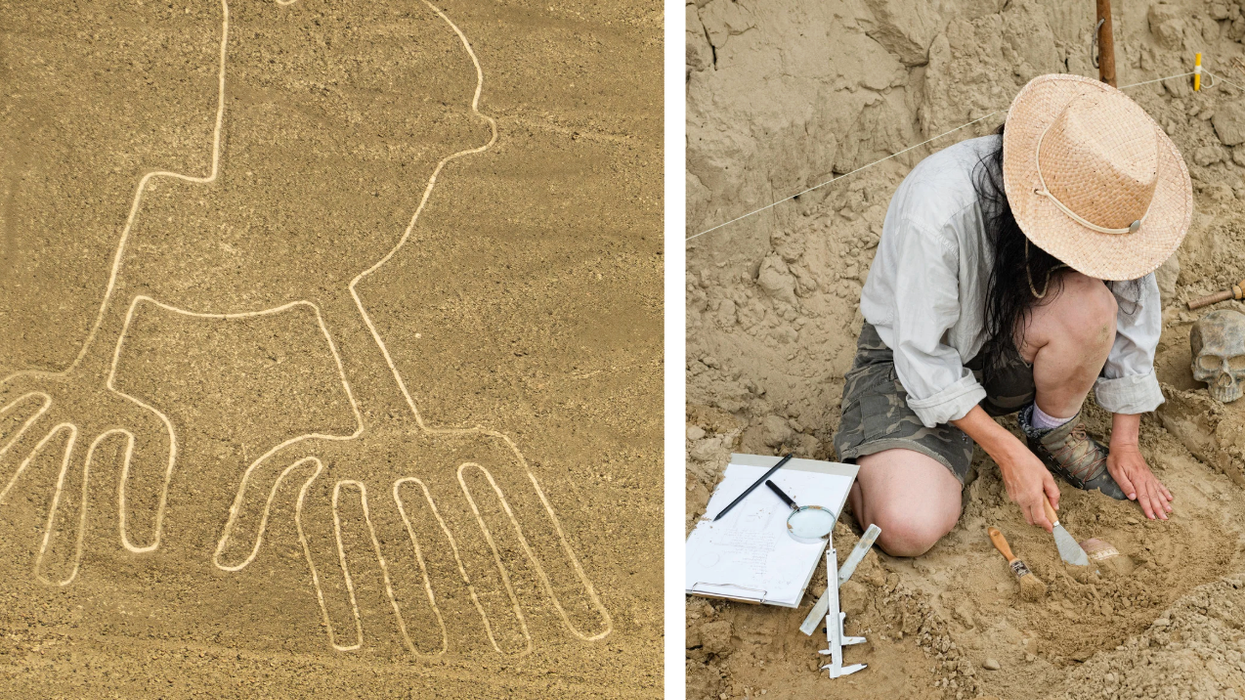

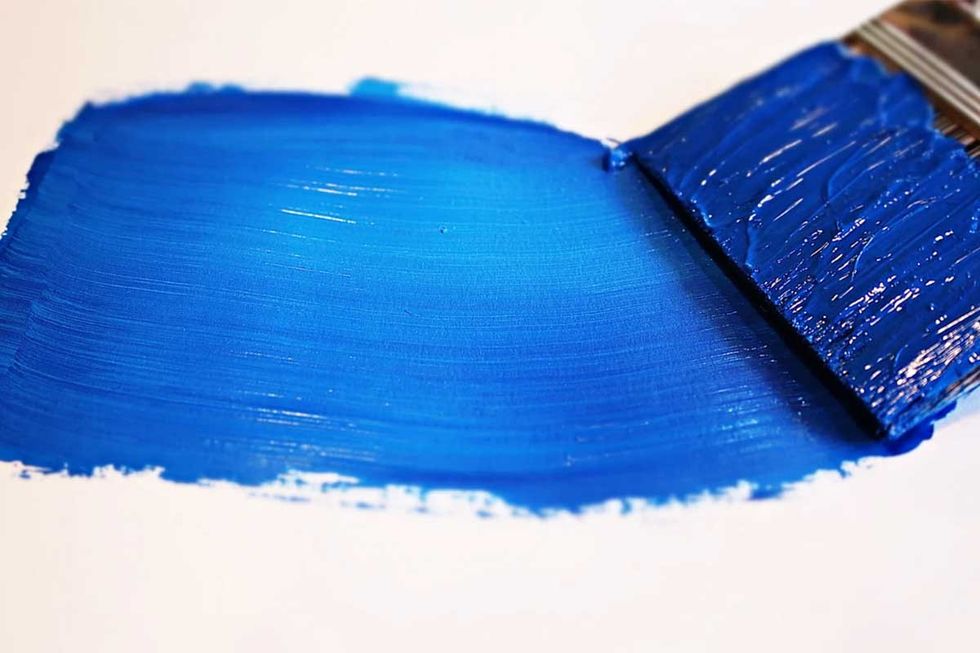 It's difficult to imagine seeing a color and not having the word for it. Canva
It's difficult to imagine seeing a color and not having the word for it. Canva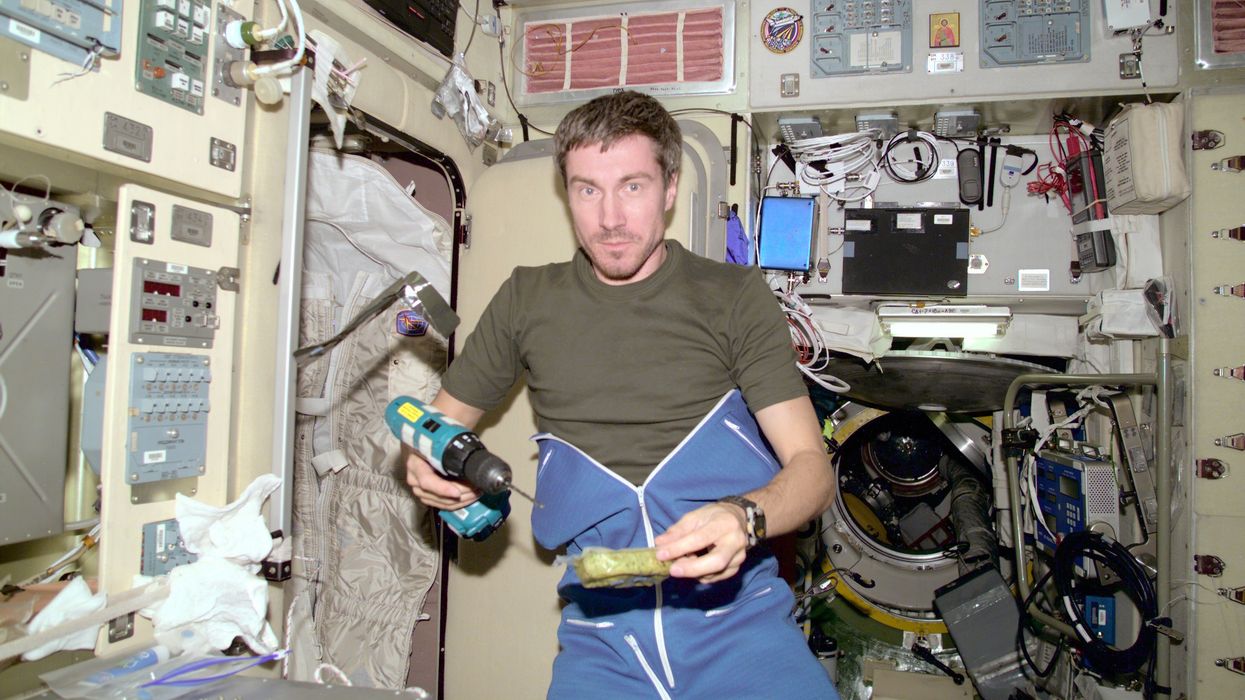
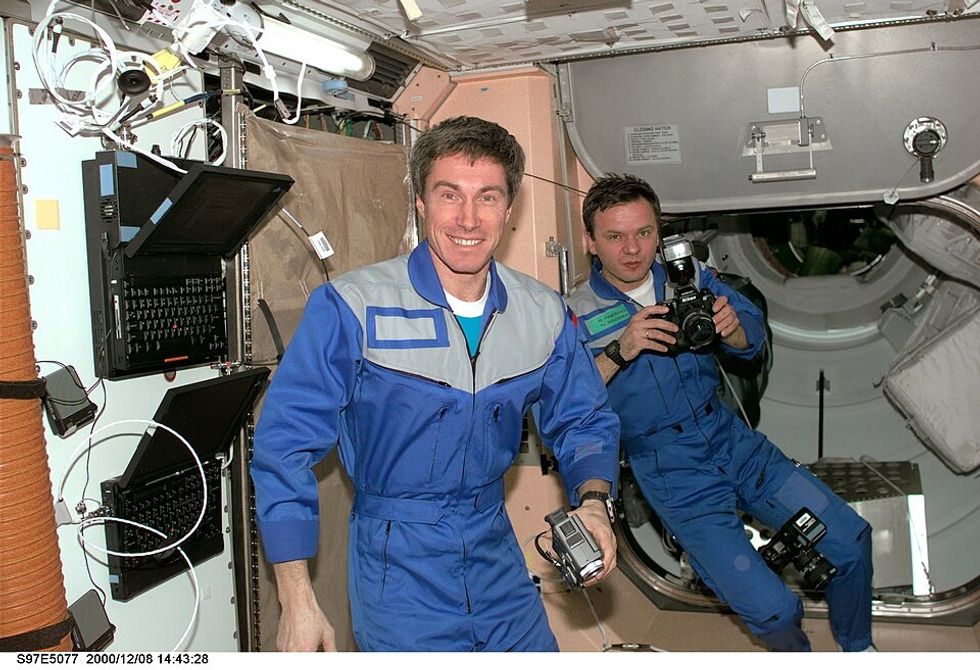 Sergei Krikalev in space.
Sergei Krikalev in space. 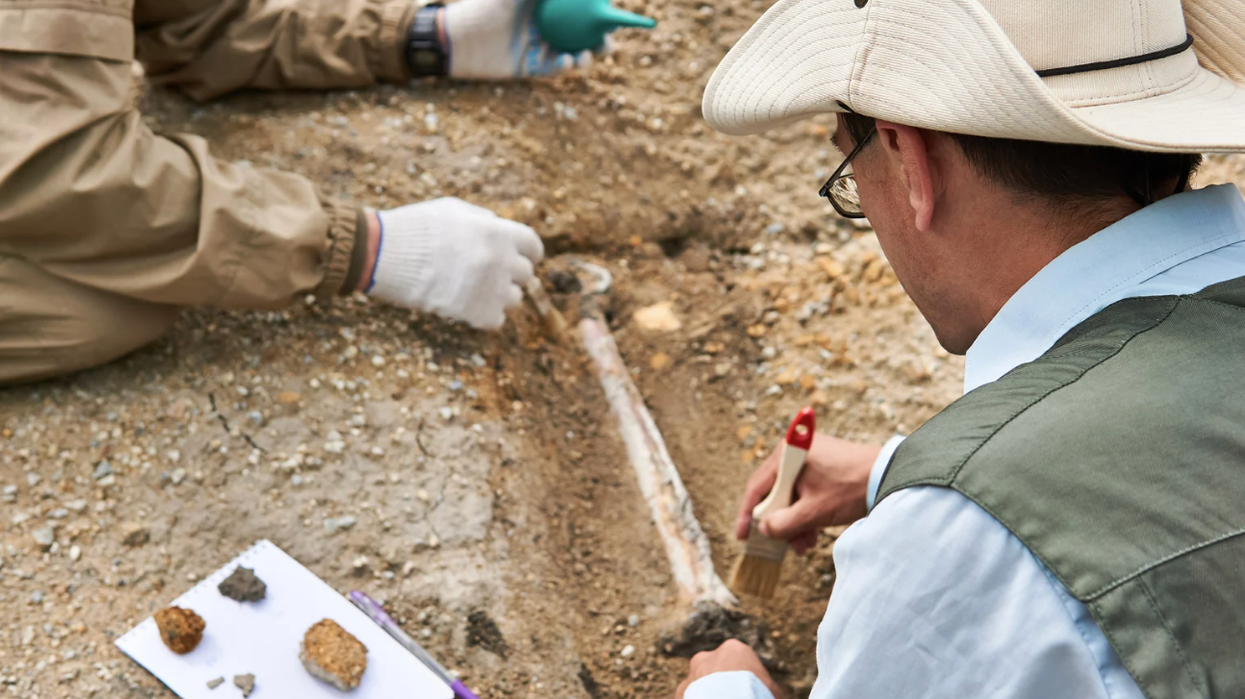


 The team also crafted their canoe using ancient methods and Stone Age-style tools. National Museum of Nature and Science, Tokyo
The team also crafted their canoe using ancient methods and Stone Age-style tools. National Museum of Nature and Science, Tokyo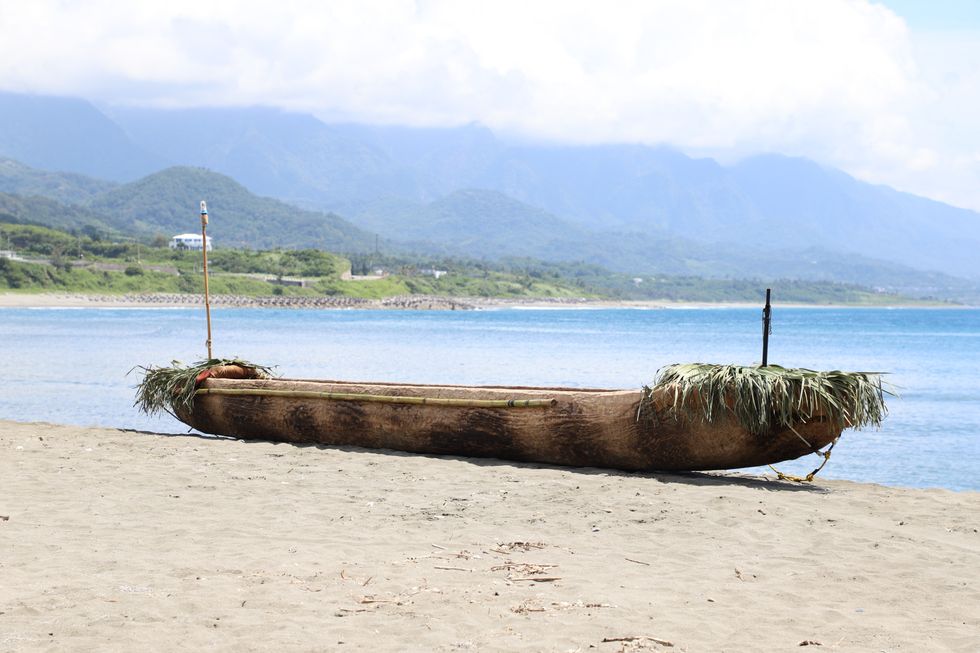 The cedar dugout canoe crafted by the scientist team. National Museum of Nature and Science, Tokyo
The cedar dugout canoe crafted by the scientist team. National Museum of Nature and Science, Tokyo